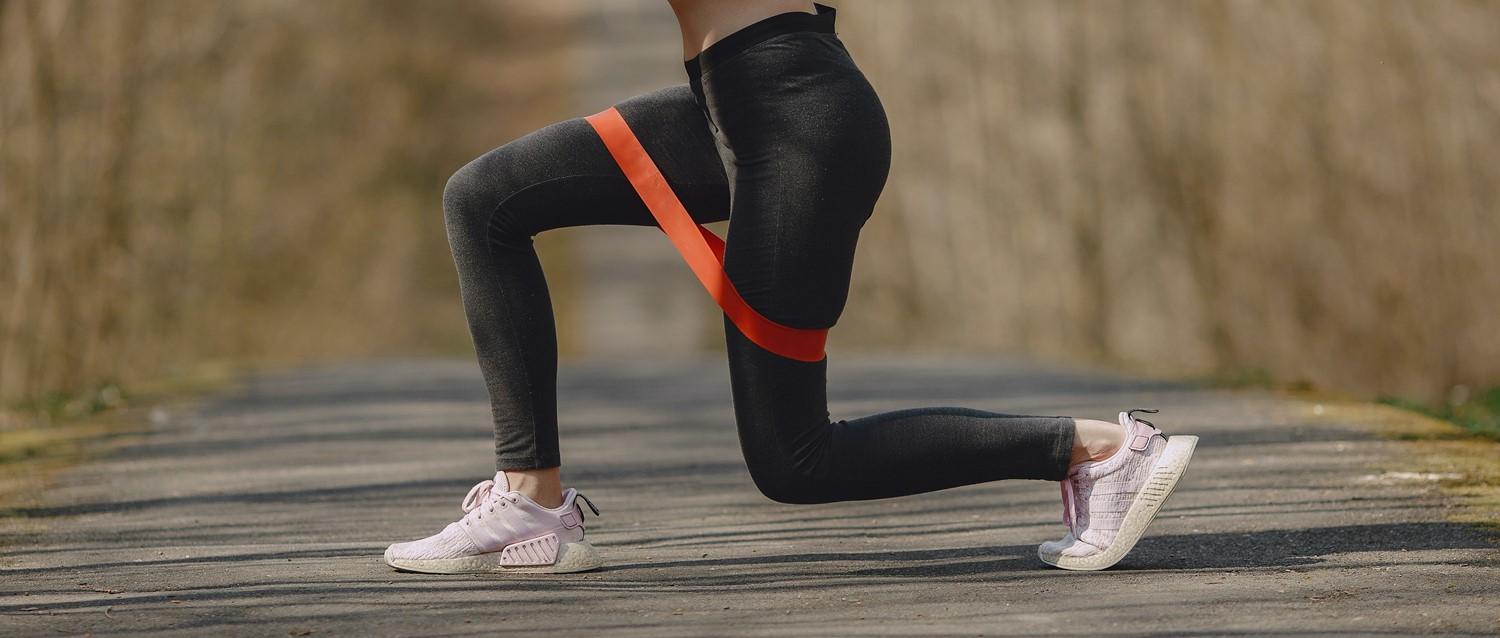
Why sitting ruins our health - and how 22 minutes of exercise could help
Peer reviewed by Dr Krishna Vakharia, MRCGPLast updated by Victoria RawLast updated 20 Nov 2024
Meets Patient’s editorial guidelines
- DownloadDownload
- Share
- Language
- Discussion
For many of us, a working day involves spending several hours at a time sitting in front of a computer - and it's having a serious effect on our health. But research suggests that 22 minutes of moderate to vigorous exercise per day may reduce the negative health impacts of a sedentary lifestyle.
In this article:
Continue reading below
Why is sitting so bad for our health?
Centuries ago, a working day meant heading out with spears to hunt for food. Now, we've swapped the hunter-gatherer lifestyle for desk jobs with comfortable chairs. Unfortunately, this sedentary behaviour - spending long periods of time sitting down - can harm our health. Doing nothing for a lot of the day raises your chance of obesity, type 2 diabetes and heart disease.
It's not known exactly why sitting down for prolonged periods is so bad for us. Research suggests that by not using our muscles as often, the function of our blood vessels might be affected, which can impact sugar regulation and blood pressure. One study linked prolonged sitting to a slower metabolism - the process by which the body breaks down and uses energy - and reduced blood flow.
Sitting down all day has also been linked to musculoskeletal disorders, like backache, tight muscles and joint pain. Hours of sitting can lead to tight hip flexor muscles - the ones at the top of your legs - which can affect your movement and balance, and lead to aches, pains and even falls.
How to counteract the effects of prolonged sitting
Research published by the British Journal of Sports Medicine has found that engaging in 22 minutes of moderate to vigorous physical activity per day may reduce your likelihood of health problems.
A study of a group of 50+ year olds across Norway, Sweden, and the US found that exercising for 22 minutes even benefitted those who were sedentary for 12 or more hours per day.
It's not always possible to go to a gym class, especially during a busy work day. So what can you do to be more active if you have a sedentary job?
Go for a walk
Heading out for a brisk walk on your lunch break is a good way to get moving. Fresh air is invigorating and being around nature can help boost our mental health.
Walk instead of taking the car, or take the stairs rather than a lift.
Try an exercise video
There are loads of different exercise videos online, from dance workouts to yoga. Find one that suits your needs - for example, low impact exercise.
Invest in a standing desk
Some people use standing desks, which can help you burn calories and improve your posture. However, regular activity - like exercising - offers better benefits than replacing prolonged sitting with prolonged standing.
Have walking meetings
Sitting at a desk or in a stuffy boardroom doesn't always foster creativity and productivity. Holding walking meetings outside - if the weather allows - is a good way to be active, while reaping the stimulating benefits of being outdoors.
Stand up and move regularly
Whether it's getting a glass of water or a coffee, make sure you stand up, stretch and move around frequently. It can help to set a timer if you find it difficult to remember when you're absorbed in your work.
Continue reading below
How much exercise should you aim for a day?
Adults should do at least 150 minutes of moderate intensity activity a week - like brisk walking, dancing, water aerobics or riding a bike - or 75 minutes of vigorous activity like running or swimming. It's important to do strengthening activities that work the muscles and to spread exercise evenly over the week.
Patient picks for Exercise and physical activity

Healthy living
How to run a 10k with no experience
At the beginning of the year, I was clinging on to my New Year's resolution of getting in shape and somehow signed myself up for a 10 kilometre race around Kew Gardens in London. What could go wrong? For one, I had no experience and no idea where to start. Luckily, I sought advice from some experts. Pairing this with my own training experience, here are a few tips to see you through your first 10k.
by Georgia Gallant

Healthy living
What are the best resistance band exercises for legs?
Resistance band exercises for legs are a great way to target and tone the large muscle groups in your legs while burning fat. Supported by a healthy diet, a routine resistance band leg workout could lead to more powerful, tighter leg muscles that are more defined in appearance.
by Amberley Davis
Continue reading below
Article history
The information on this page is peer reviewed by qualified clinicians.
Next review due: 22 Nov 2027
20 Nov 2024 | Latest version
8 Nov 2023 | Originally published
Authored by:
Lydia Smith

Ask, share, connect.
Browse discussions, ask questions, and share experiences across hundreds of health topics.

Feeling unwell?
Assess your symptoms online for free